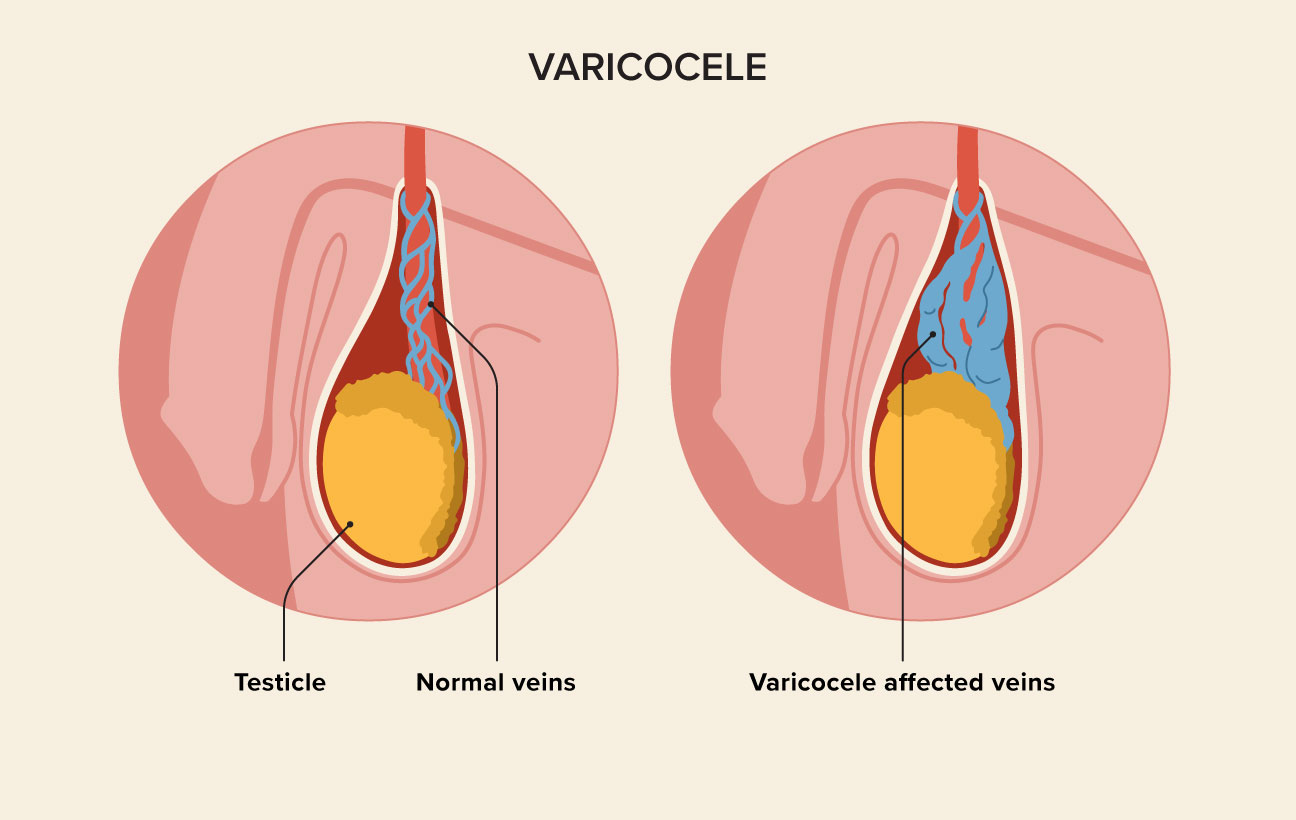
Unraveling the Mystery of Trigeminal Neuralgia: Latest Research and Findings
Trigeminal neuralgia, often described as one of the most excruciating pains known to mankind, is a debilitating condition affecting the trigeminal nerve, which is responsible for transmitting sensations from the face to the brain. Patients afflicted with trigeminal neuralgia often experience sudden, severe, and stabbing pain in the face, typically on one side. The condition can significantly impact the quality of life, making simple tasks such as eating, talking, or even brushing teeth unbearable. However, recent advancements in interventional radiology have brought hope to those suffering from this enigmatic ailment.
Understanding Trigeminal Neuralgia:
The trigeminal nerve, the largest of the cranial nerves, is responsible for providing sensation to the face, including the forehead, cheeks, and jaw. Trigeminal neuralgia occurs when this nerve is compressed or irritated, leading to episodes of intense facial pain. The pain attacks, often triggered by seemingly innocuous activities such as touching the face or chewing, can last from a few seconds to several minutes, causing immense distress to the individual.
Challenges in Treatment:
Despite being a well-known condition for centuries, treating trigeminal neuralgia has remained a challenge. Traditional treatments such as medication and surgery may provide temporary relief, but they are not always effective in controlling the debilitating pain in the long term. Moreover, surgical interventions carry risks and may result in complications, including facial numbness and sensory loss.
The Role of Interventional Radiology:
Interventional radiologists play a crucial role in the management of trigeminal neuralgia, offering minimally invasive procedures aimed at providing lasting pain relief. One such procedure gaining momentum in recent years is radiofrequency ablation (RFA) of the trigeminal nerve.
Radiofrequency Ablation for Trigeminal Neuralgia:
Radiofrequency ablation involves the use of heat generated by radio waves to selectively damage the nerve fibers responsible for transmitting pain signals. During the procedure, guided by imaging techniques such as fluoroscopy or ultrasound, a specialized needle is inserted near the trigeminal nerve. Once positioned accurately, radiofrequency energy is delivered through the needle, creating a lesion on the nerve, thereby interrupting the transmission of pain signals.
Advantages of RFA:
Radiofrequency ablation offers several advantages over traditional surgical interventions for trigeminal neuralgia. It is minimally invasive, performed on an outpatient basis, and requires only local anesthesia, reducing the risks associated with general anesthesia. Additionally, RFA results in minimal facial numbness and preserves sensory function, offering patients a better quality of life post-procedure.
Latest Research and Findings:
Recent studies have demonstrated the efficacy and safety of radiofrequency ablation in the treatment of trigeminal neuralgia. Researchers have reported high success rates in achieving pain relief, with many patients experiencing significant improvement in their symptoms for extended periods. Furthermore, advancements in imaging technology have enhanced the precision and accuracy of RFA procedures, ensuring optimal outcomes for patients. Certainly! Let’s break down the key points:
Efficacy and Safety of Radiofrequency Ablation (RFA):
Recent studies have shown that RFA, a minimally invasive procedure, is effective in treating trigeminal neuralgia. “Efficacy” refers to how well a treatment works in achieving its intended goal—in this case, providing pain relief. “Safety” indicates the procedure’s ability to minimize risks and adverse effects on the patient’s health. These studies have demonstrated that RFA is both effective and safe for many individuals suffering from trigeminal neuralgia.
High Success Rates and Symptom Improvement:
Researchers have found that a significant proportion of patients who undergo RFA experience relief from trigeminal neuralgia symptoms. Success rates refer to the percentage of patients who achieve the desired outcome—in this case, pain relief—following the procedure. Many studies have reported high success rates, indicating that RFA effectively alleviates trigeminal neuralgia pain for a considerable number of patients. Additionally, patients often experience significant improvement in their symptoms, including reductions in the frequency and severity of pain episodes.
Extended Periods of Relief:
One notable finding from these studies is that the benefits of RFA can last for extended periods. This means that patients may experience relief from trigeminal neuralgia symptoms for a significant amount of time following the procedure. While the duration of relief may vary among individuals, the ability of RFA to provide long-lasting benefits is a positive outcome for patients seeking relief from chronic facial pain.
Advancements in Imaging Technology:
Another important aspect highlighted in the statement is the role of advancements in imaging technology in improving RFA procedures. Imaging techniques such as fluoroscopy or ultrasound are used to guide the placement of the RFA needle near the trigeminal nerve with precision. These advancements enhance the accuracy of the procedure, ensuring that the radiofrequency energy is delivered to the targeted area effectively. As a result, patients can benefit from optimized outcomes, including better pain relief and reduced risk of complications.
Overall, these findings underscore the growing body of evidence supporting the efficacy, safety, and long-term benefits of RFA as a treatment option for trigeminal neuralgia. With ongoing research and technological advancements, interventional radiologists can continue to refine RFA techniques, further improving outcomes for patients suffering from this debilitating condition.
Conclusion:
Trigeminal neuralgia poses significant challenges to both patients and healthcare providers, but advancements in interventional radiology, particularly radiofrequency ablation, offer promising solutions. As our understanding of the condition continues to evolve and technology advances, interventional radiologists are at the forefront, providing innovative treatments to alleviate the burden of trigeminal neuralgia and improve the lives of those affected.
If you or someone you know suffers from trigeminal neuralgia, consult with an interventional radiologist to explore the available treatment options, including radiofrequency ablation, and reclaim a life free from the shackles of facial pain.








